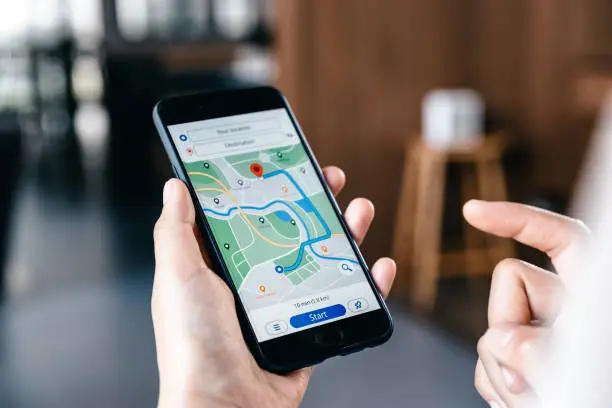We wield the power of digital capabilities right in the palm of our hands nowadays. When making purchasing decisions, we often begin by searching for accessible stores online, exploring what they offer, and then making our choices. In essence, stores serve as the bridge through which brands connect with consumers. They are the platforms where consumers forge relationships with brands and products. With the digital landscape taking center stage, it becomes increasingly imperative to examine the role of stores in this digital realm. In other words, the identity of stores must significantly fortify itself in the digital domain, as consumers continually search for products and services to meet their ever-evolving needs.
Consider this: at its core, stores are the entities that engage with consumers, offer solutions, and contribute to enhancing the quality of consumers’ lives. The stronger their image and presence, the more effectively they can serve this purpose. Hence, the establishment of digital identities becomes all the more crucial.
Let’s delve deeper into this concept.
Desirable Attributes of Digital Identities for Stores
For today’s consumers, establishing a connection with stores typically commences with a digital search. This initial online interaction serves as their primary point of contact. Thus, it becomes paramount to ensure that stores have a visible digital presence. Digital business profiles, which can be crafted on search engines, establish an online identity for stores and facilitate easy access for consumers by appearing as top search results. These profiles, enriched with vital information such as store particulars, product insights, and other pertinent business details, enable consumers to better understand how a particular store can fulfill their needs. Moreover, incorporating advanced features like automated chat functionalities within these profiles allows stores to cultivate a positive perception among consumers. By engaging consumers in such ways, stores bolster their credibility and reinforce their identity.
As digital business profiles lay the groundwork for store identities, consumers discover a pathway to connect with these establishments. Given the ever-expanding digital landscape, it is only natural for consumers to extend their exploration of stores online before planning physical visits. So, where do they turn to next?
They navigate to the eCommerce-enabled location pages of stores, which can be seen as an extension of the concept of ‘identity’.
Pages to Explore Store Locations
eCommerce-enabled location pages serve as an incredibly effective method for enhancing the distinctive identity that every store aspires to achieve. These pages reflect local preferences and developments, bridging the gap between consumers and value-driven solutions. The digital business profiles discussed earlier can include links to these pages, guiding consumers along their purchasing journey and leading them to these comprehensive platforms. Within these pages, consumers can access detailed information about each store, including available products, services, exclusive discounts, ongoing campaigns, customer reviews and ratings, further enriching the connection established thus far during their consumer journey. With eCommerce capabilities facilitating seamless transactions directly through these pages, consumers can relish holistic and delightful experiences, significantly elevating the likelihood of repeat purchases.
Stores represent a brand’s invaluable assets, and consumers are the driving force behind a brand’s growth and prosperity. Consequently, brands are increasingly prioritizing the relationships forged by their stores. In line with this vision, aiding stores in crafting their unique identities stands as a pivotal element of a brand’s growth strategy. The more stores can engage with consumers, communicate effectively, and enhance their journeys, the stronger the association between consumers and brands becomes. It’s akin to infusing stores with distinctive personalities, fostering both quantitative and qualitative growth, thereby contributing to the prosperity of brands and delivering gratifying experiences for consumers. It’s a win-win scenario for all parties involved!


